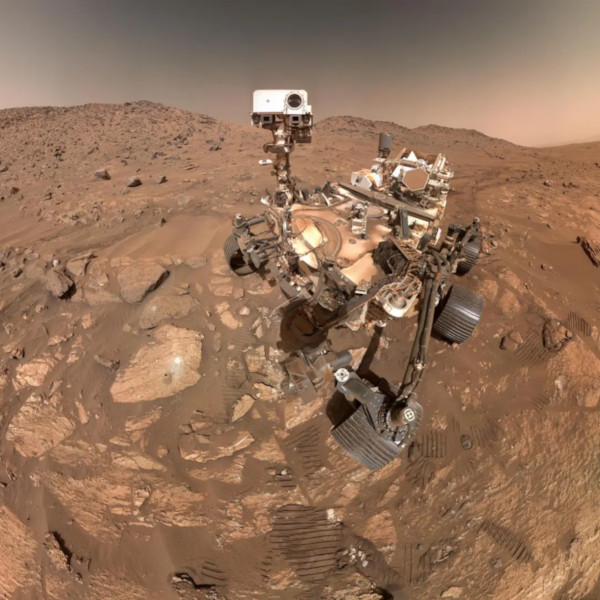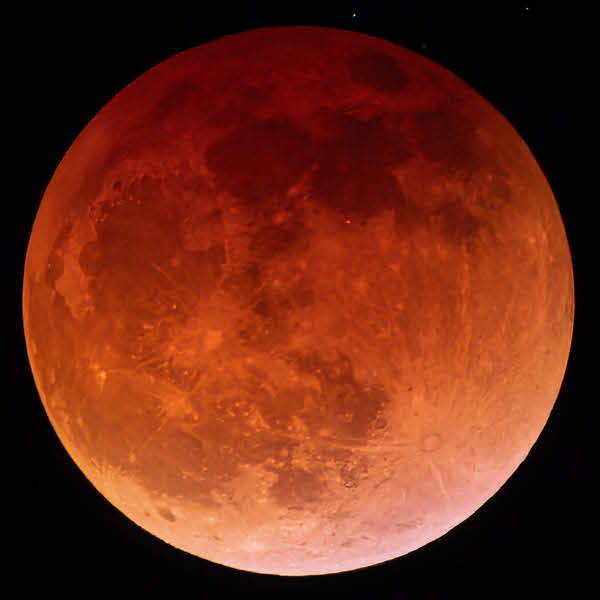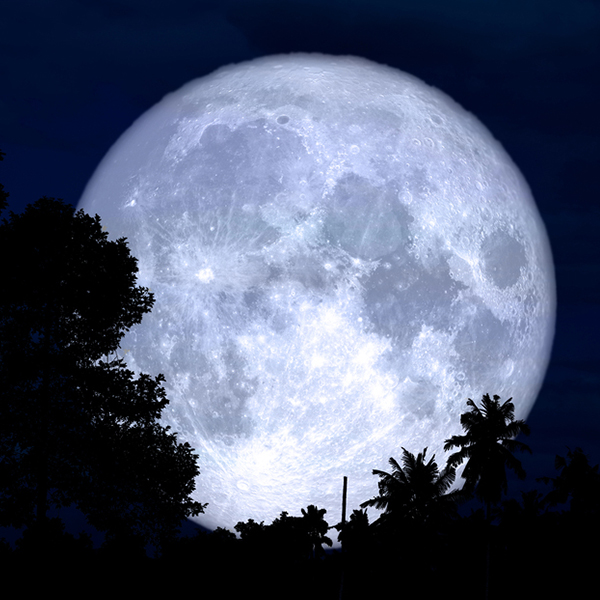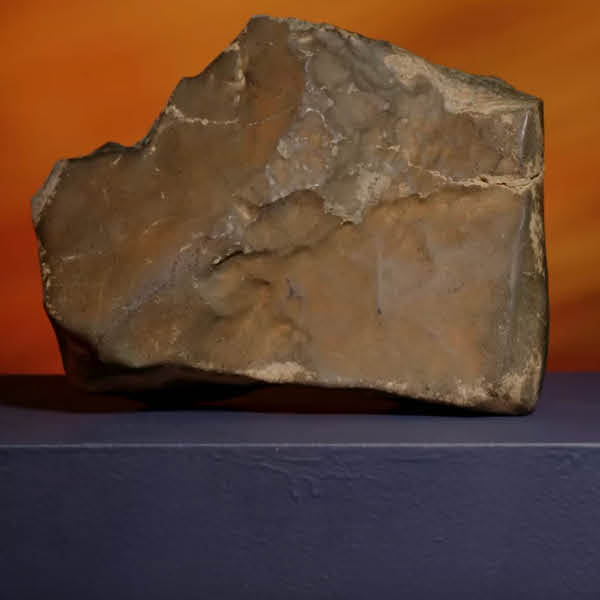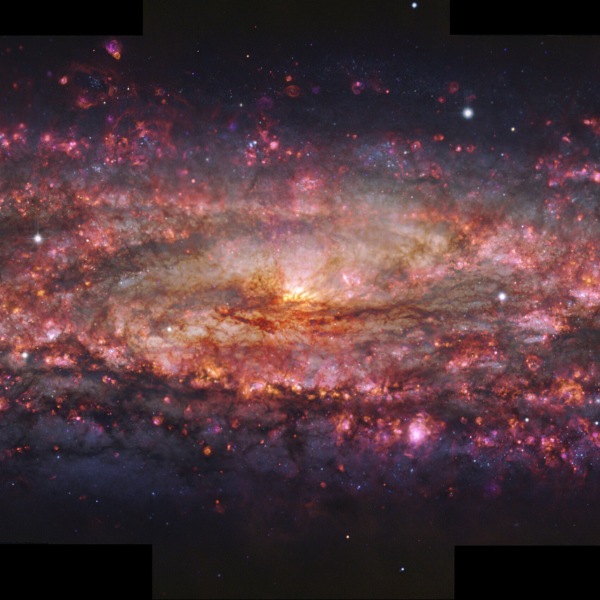
Perseid Meteor Shower as seen in 2017 from Egypt. (Photo: Ahmed abd elkader mohamed via Wikimedia Commons, CC BY-SA 4.0)
Summer is a prime time for meteor watching.The weather is great, the nights are warm, and the skies are putting on a show. As Earth enters the path of debris fields in space, the debris hits our atmosphere. The hot rocks burn up as they pass through our atmosphere, creating the trailing “shooting stars” that we see from Earth. A meteor shower is a stunning celestial event, and there are plenty of chances for American viewers to catch the spectacle in summer 2024. Chief among these is the annual Perseid Meteor shower, which due to the lower moonlight expected this year, will be particularly visible and exciting.
The Perseids will begin in late July, amping up to a peak on August 11 and 12, before tailing off through August 18, 2024. At peak, observers will likely see between 50 and 100 meteors in an hour. For the week leading up to August 12, the Moon is at less than 50% brightness, allowing the shooting meteors to shine. Meteor enthusiasts should be sure to watch in pre-dawn darkness for the best viewing, and intrepid travelers can hope to catch especially amazing views from national parks including Grand Canyon National Park. (See a list of the top seven dark sky parks to view the event from on Outside.)
In case you miss the Perseids, there are other smaller meteor showers throughout the summer. From late July to late August 2024, according to Space.com, six meteor showers will occur, including the “Capricornids, Delta Aquarids, Piscis Australids, Alpha Capricornids, Iota Aquarids, and Kappa Cygnids.” So get outside and observe these incredible sights. The Perseids have been fascinating humans since at least 36 CE when they were first recorded by observers, and they are just as incredible in 2024.
In the second week of August 2024, observers can expect to see an especially impressive display of the Perseid Meteor shower.
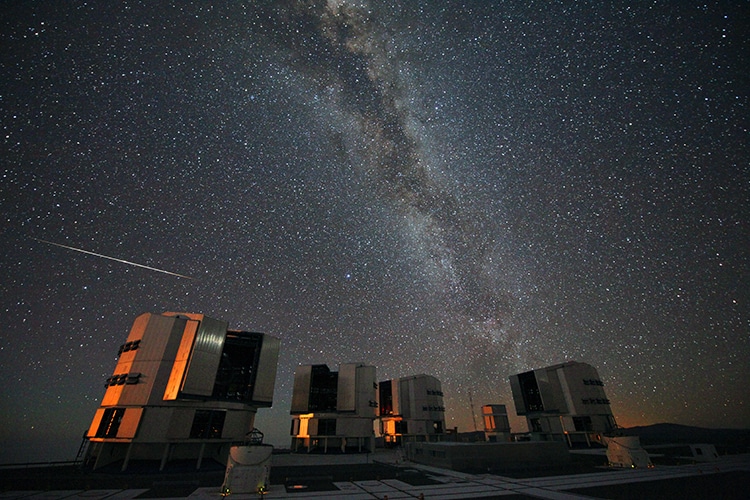
The shower seen in summer 2010. (Photo: ESO/S. Guisard via Wikimedia Commons, CC BY 4.0)
The Moon will be at less than 50% brightness, making it a perfectly dark sky for the best viewing of “shooting stars.”
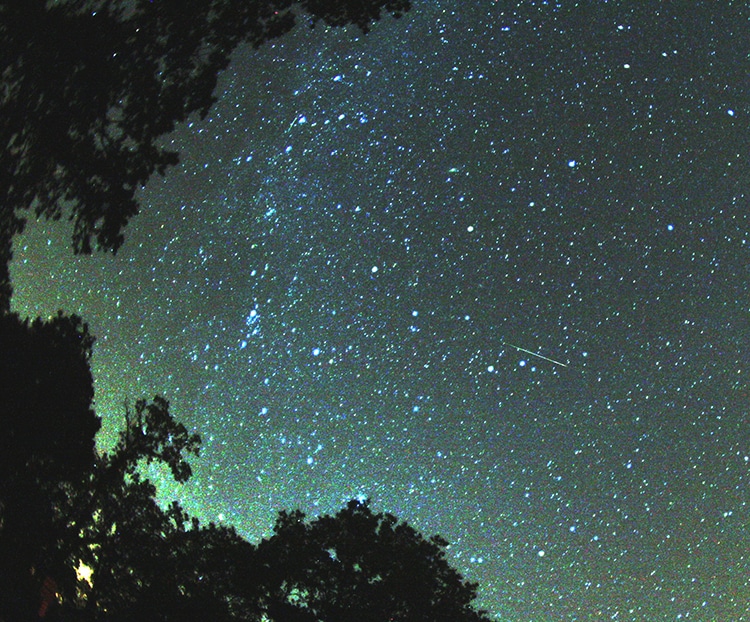
The meteor shower in 2007. (Photo: Brocken Inaglory via Wikimedia Commons, CC BY-SA 3.0)
h/t: [Space]
Related Articles:
Newly Discovered Exoplanet the Size of Earth May Be Habitable
Recently Discovered Lunar Cave May One Day Serve as a Base Camp
Two Meteor Showers Will Peak on the Same Night in the Same Region This Month
Jupiter’s Most Stunning Images Captured by NASA’s JunoCam in Sharp Detail















































































